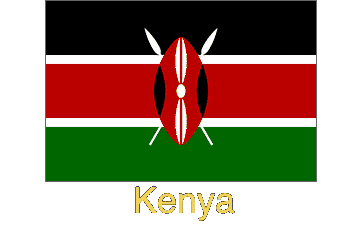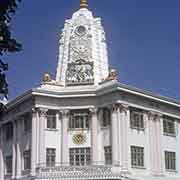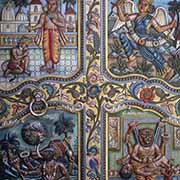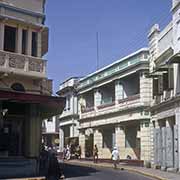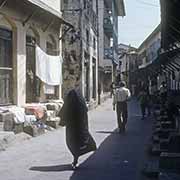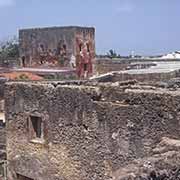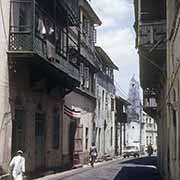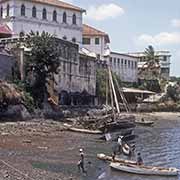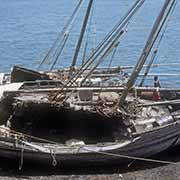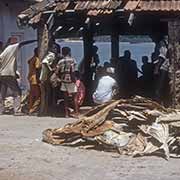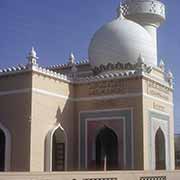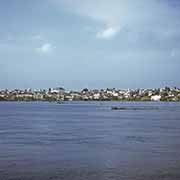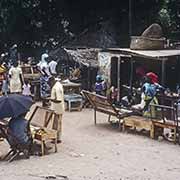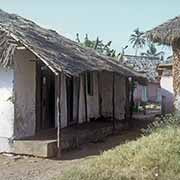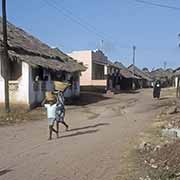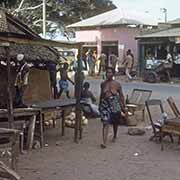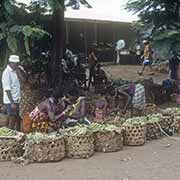Photos of Mombasa and Malindi, Kenya’s oldest cities, Kenya
Mombasa and Malindi, Kenya’s oldest cities
Mombasa was founded around 900 CE and was already a prosperous trading town in the 12th century. Before colonisation, it had plantations, worked by slaves; it traded with other African port cities, but also Persia, Arabia, India and China, exporting, among others, ivory and slaves.
you may then send it as a postcard if you wish.
The Portuguese appeared in the late 15th century: they sacked the city in 1500. It became an independent sultanate, but in 1593 the Portuguese were back: they built Fort Jesus (Forte Jesus de Mombaça), a fort on Mombasa Island, to guard the port. In 1698, the Imam of Oman’s army captured the fort and defeated the Portuguese. In 1728 Mombasa was briefly conquered again by the Portuguese, but in 1729 it was back under Omani rule; in 1746, it became an independent Sultanate.
The British appeared in the 19th century and declared a protectorate over the city between 1824 and 1826. It remained under Omani rule until 1887, when the Imperial British East Africa Company took over. In 1895 it was firmly under British administration and became the capital of the British East Africa Protectorate. Three years later, the Sultan of Zanzibar formally presented the town to the British.
Mombasa is the second-largest city of Kenya and an attractive coastal town with a very cosmopolitan population. One of its best-known monuments is the Mombasa tusks. There were initially two tusks made of wood and canvas in 1952, commemorating the visit of Queen Elizabeth II to the city. In 1956, when Moi Avenue had become a two-lane road, two new sets, in aluminium, were mode to coincide with the visit of Princess Margaret to the region in that year.
Malindi, 120 kilometres northeast of Mombasa, is another historic port city. It also developed as part of the Swahili civilisation and was a Bantu kingdom between the 9th and 15th centuries, only rivalled by Mombasa. It was also a centre of Portuguese activity until 1593. It declined but was conquered by the Sultan of Zanzibar in 1861, becoming a centre of the slave trade until the end of the 19th century, when it came under British administration.


